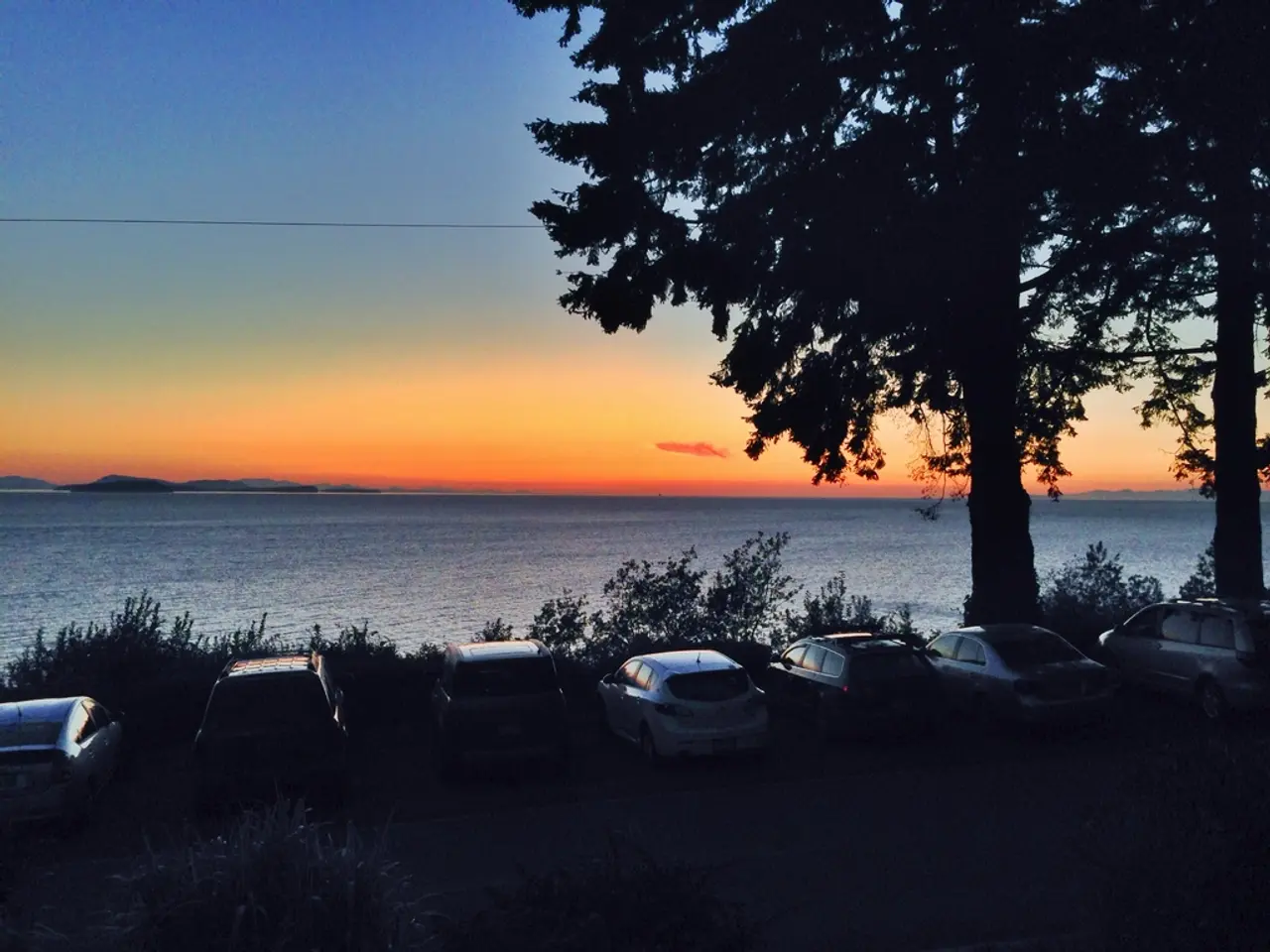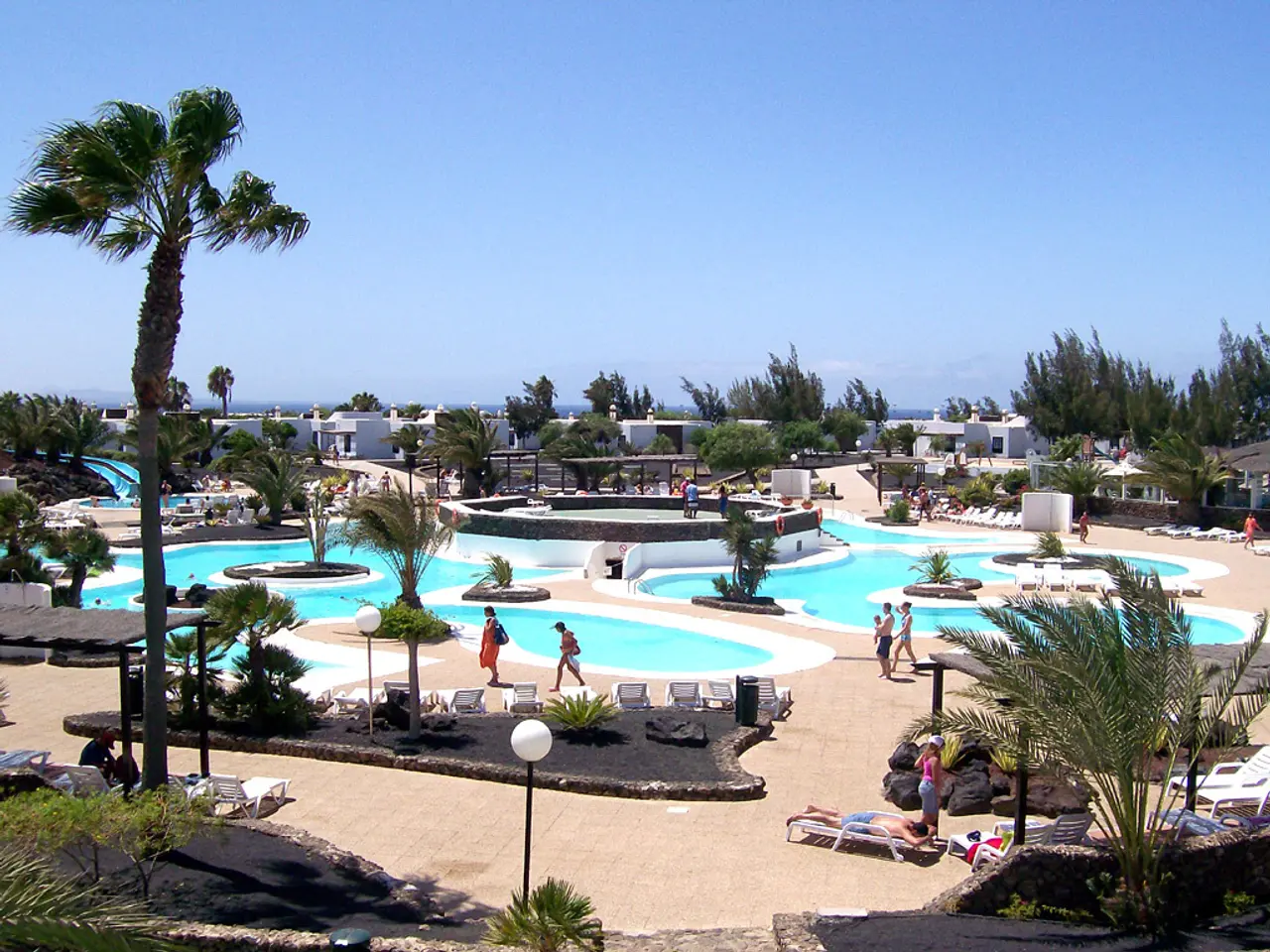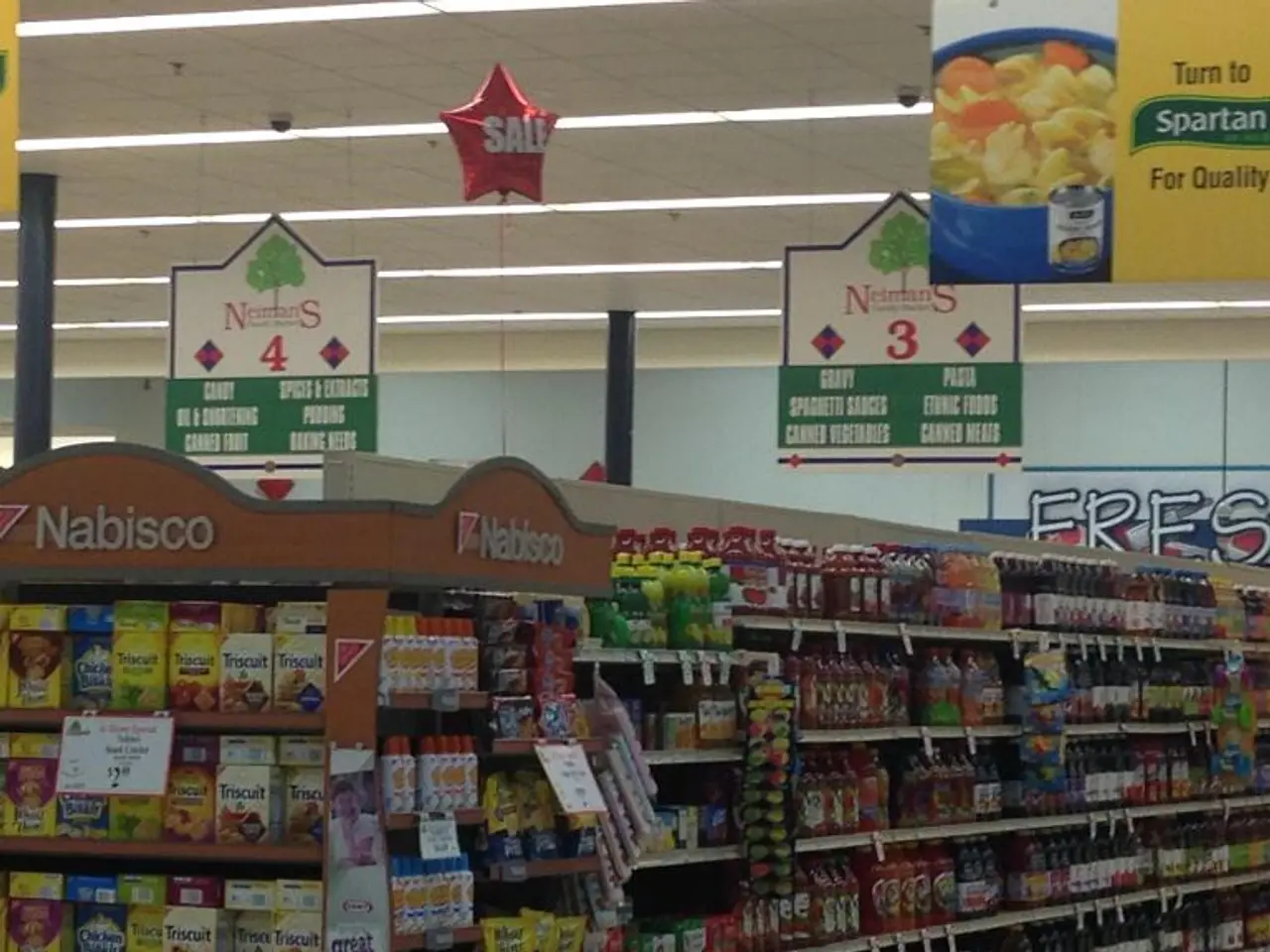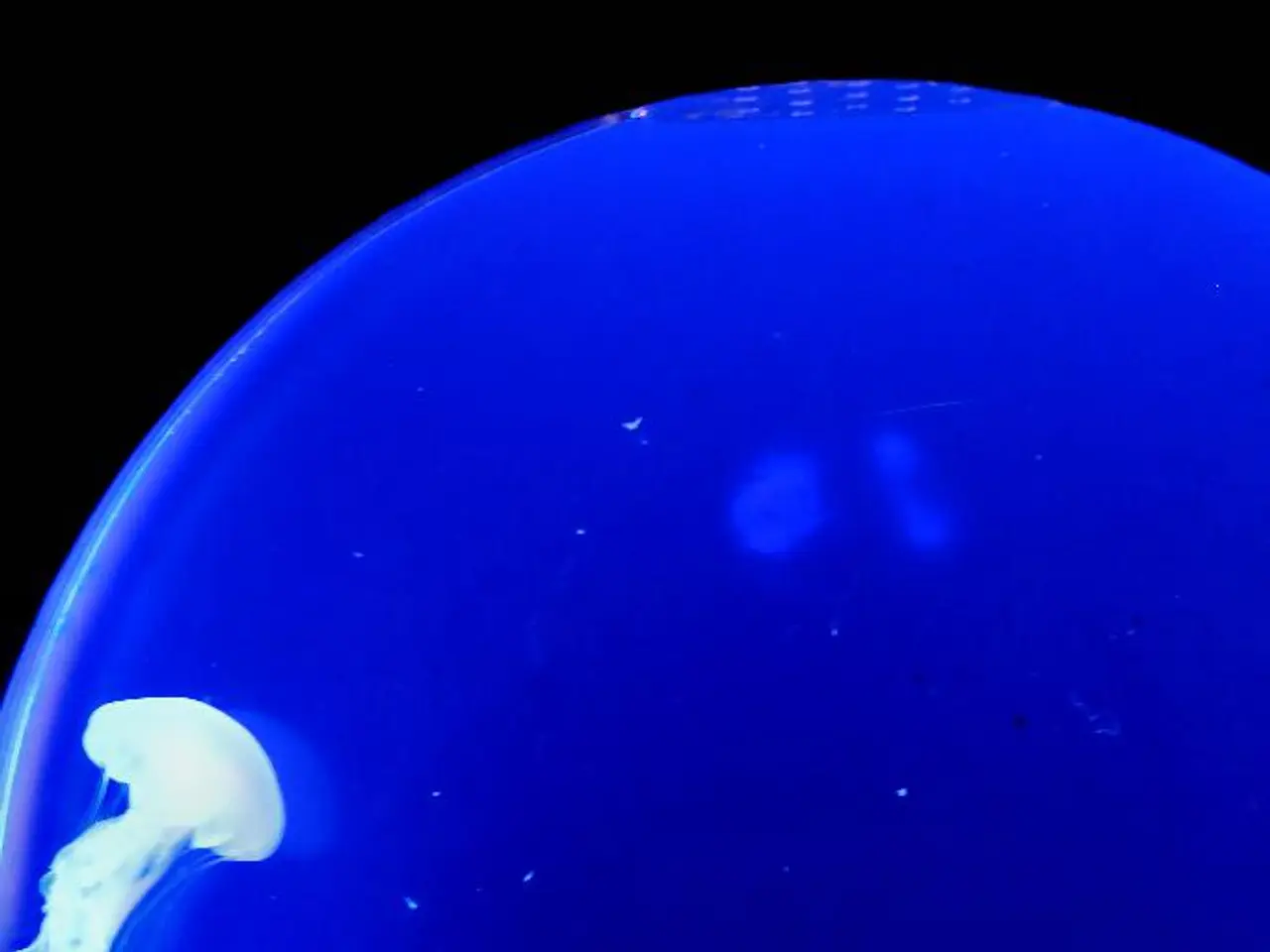Tourism in Croatia experienced a resurgence in June, defying concerns regarding increasing costs.
In the first half of 2025, Croatia's tourism industry is experiencing a significant boost, with a 19% increase in overnight stays during June alone. According to the Minister of Tourism and Sport, Tonči Glavina, June was a "fantastic" month for tourism, compensating for a rumored 20% drop in arrivals in March.
However, this boom comes with its challenges. Economist Damir Novotny attributes the rising prices of household and hygiene products in tourist destinations, such as Posedarje, Pakoštane, Pomer, and Pašman, to increased supply costs and the economic dynamics of smaller tourist communities. Supplying these dispersed coastal towns is more expensive than supplying large urban centers like Zagreb, due to higher logistics and distribution costs.
Moreover, the booming tourist season has led to inflationary pressures, causing prices to rise. Tourist hotspots like Dubrovnik and smaller coastal villages have experienced price hikes, with some areas seeing increases of up to 10%. While accommodation prices and some services have risen, tourists have generally accepted these higher costs, albeit with some surprise at the prices of everyday items like taxi rides or food outside accommodation.
Economist Mladen Vedriš notes that these price increases are affecting locals, particularly those in tourist apartments. For instance, toilet paper in Tribunj, a waterfront village in southern Croatia, is 19.1% more expensive than in Zagreb.
Despite these price rises, Glavina emphasises that while the Croatian market has become more expensive, it still offers good value, especially during off-peak months. He also highlighted legislation to safeguard housing and avoid overexploitation, which has reduced short-term rental developments by over 70%. This move aims to protect Croatia's coast and ensure sustainable tourism growth.
Reports indicate that these rising costs are affecting both tourists and locals. However, some tourists are adapting by bringing their own supplies, including household and hygiene products, to reduce spending. This is a sign that rising costs are already influencing tourist behaviour.
On a positive note, government-mandated transparency on retail pricing has revealed huge discrepancies in the cost of everyday goods across Croatia. This transparency could potentially help consumers make informed decisions and manage their expenses better.
The first quarter of 2025 saw a 4% increase in arrivals and a 5% increase in overnight stays compared to the same period in 2024. The waterfront village of Tribunj, for example, has seen a 10.38% increase in tourism.
In conclusion, Croatia's tourism industry is thriving, but it is also facing economic adjustments due to costlier supply chain logistics to dispersed coastal towns, inflationary pressures amid a booming but more expensive tourist season, and the resulting economic adjustments in tourist hotspots across Croatia. Despite these challenges, the government and industry stakeholders are working to ensure sustainable growth and value for tourists and locals alike.
- The increased tourism in Croatia has led to higher prices of household and hygiene products in tourist destinations like Posedarje, Pakoštane, Pomer, and Pašman, affecting locals, particularly those in tourist apartments.
- In Dubrovnik and smaller coastal villages, prices have risen with some areas seeing increases of up to 10%, causing inflationary pressures.
- Tourists are adapting to these price rises by bringing their own supplies, including household and hygiene products, to reduce spending.
- Despite the price increases, the Croatian market still offers good value, especially during off-peak months, as the government works to ensure sustainable tourism growth and protect locals from overexploitation.




